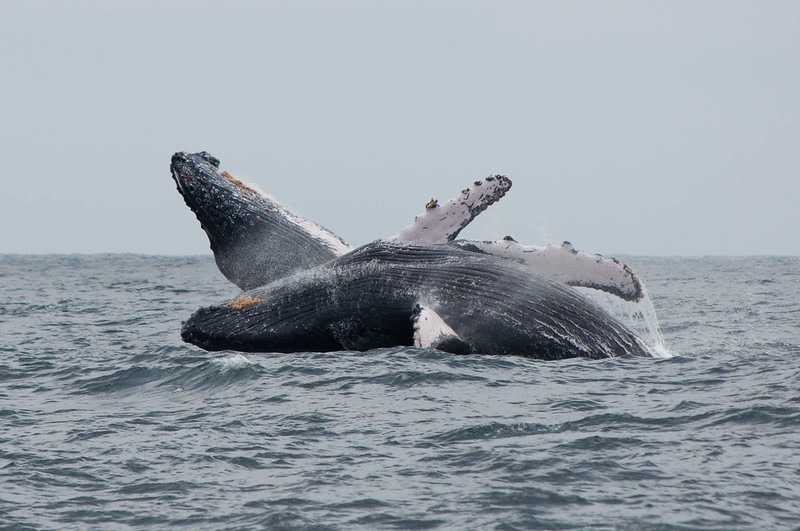AM – Prince Philip’s Steps (Genovesa)
Before landing, you will take an inflatable dinghy-ride along the eastern arm of the caldera. As we approach, the soaring 25m / 80ft high walls become overwhelming. Sometimes, a Galapagos fur seal is resting or a seabird is nesting on one of the ledges at the base.
You will then have to hike and overcome the steep stairs from the landing dock to a bush of palo santo shrubs on top. Red-footed boobies gratefully use these scarce nesting places; so that they don’t have to nest on the rocky ground.
Upon arriving at the edge of the rim, the bushes open up and you can enjoy panoramic views, a strong sea breeze and the amazing flying skills of countless seabirds. Following the exposed rim, you will first pass the Nazca boobies and finally reach the extensive storm petrel nesting places, where if you’re lucky you can spot the well-camouflaged short-eared owl hunting for them on foot!
PM – Darwin Bay
Inside the submerged caldera of Genovesa lies Darwin Bay, with a diameter of more than 1.5km / 1mi and it is almost 200 m / 650 ft deep. The small area will surprise you repeatedly, walking along a coral sand beach, crossing barren lava formations and creeks, passing tidal pools, shrubs and further ahead following the top of some cliffs. With this peaceful surrounding, every single species has occupied its own ecological niche (or habitat) without disturbing others.


